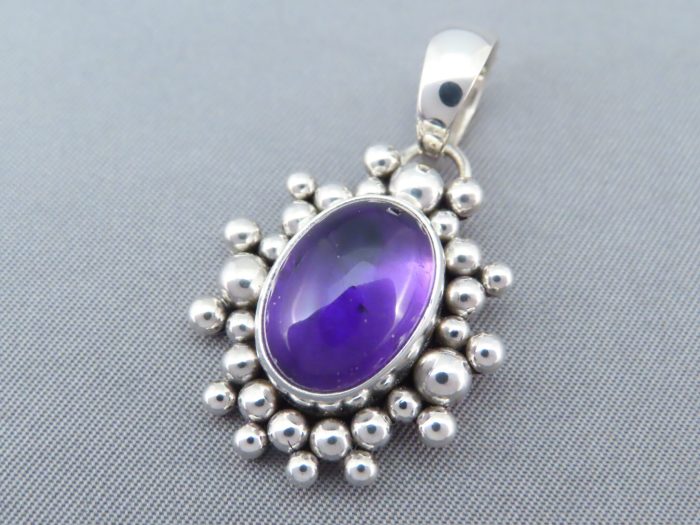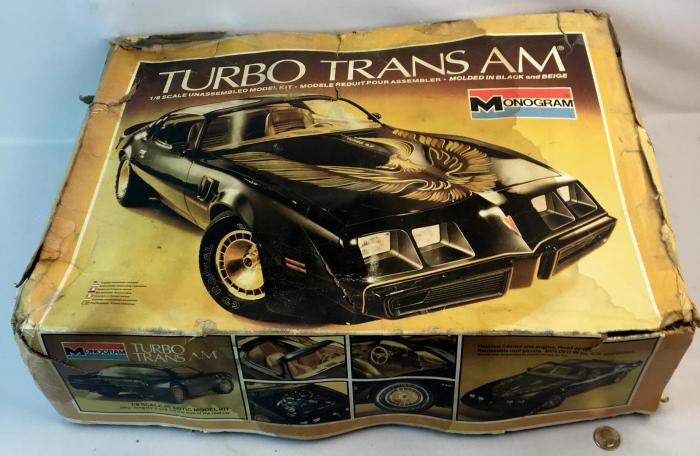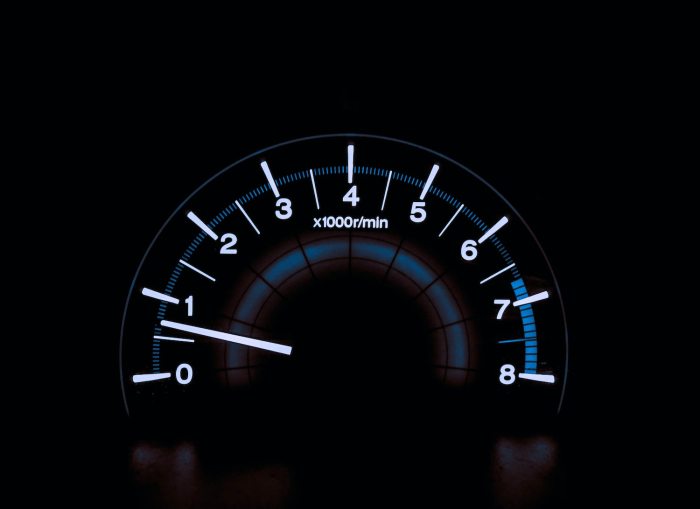Navigating the complexities of insurance can be daunting. This analysis delves into two seemingly disparate worlds: cargo insurance, safeguarding goods in transit, and long-term care insurance, a crucial safeguard against the escalating costs of aging. While seemingly unconnected, both share fundamental similarities in risk assessment, policy structure, and the crucial role they play in financial security. Understanding their intricacies reveals surprising parallels and illuminates the broader landscape of risk management. We’ll explore the defining features of each, comparing their coverage, claim processes, and the legal frameworks that govern them. From the unpredictable nature of global events impacting cargo shipments to the ever-increasing expenses associated with long-term care, we’ll examine how these factors influence premiums and the overall financial implications for individuals and businesses alike. The aim is to provide a clear and comprehensive understanding of these vital insurance types, empowering readers to make informed decisions. Defining Cargo Insurance and Long-Term Care Insurance Cargo insurance and long-term care insurance, while vastly different in their scope, both serve crucial roles in mitigating significant financial risks. Cargo insurance protects goods during transit, while long-term care insurance addresses the substantial costs associated with extended healthcare needs. Understanding the nuances of each is essential for individuals and businesses seeking appropriate risk management strategies.Cargo insurance is a contract under which an insurer agrees to indemnify the insured against loss or damage to goods during transit. Its primary purpose is to protect the financial interests of the parties involved in the shipment, from the shipper to the consignee, against unforeseen events that may lead to cargo loss or damage. Key features include coverage limits, specific exclusions, and the method of determining the value of the insured goods. Types of Cargo Insurance Coverage Several types of cargo insurance coverage cater to various needs and risk tolerances. The level of protection chosen depends on the value of the goods, the mode of transport, and the inherent risks associated with the shipment. Common types include Institute Cargo Clauses (ICC) A, B, and C, each offering a different level of protection. ICC A provides the broadest coverage, insuring against all risks of loss or damage except those specifically excluded. ICC B covers losses caused by named perils, while ICC C offers the most limited coverage, covering only major accidents such as fire or stranding. Additional coverage can often be purchased to address specific risks, such as theft or pilferage. Long-Term Care Insurance Explained Long-term care insurance is designed to cover the costs associated with long-term care services, which are often needed due to chronic illness, disability, or aging. These services can include assistance with daily living activities such as bathing, dressing, and eating, as well as skilled nursing care. The rising cost of long-term care makes this insurance increasingly important for individuals and families seeking to protect themselves from financial ruin. Policies typically offer a range of benefits, including coverage for home health care, assisted living facilities, and nursing homes. The specific benefits and coverage limits vary widely depending on the policy chosen. Risk Comparison: Cargo vs. Long-Term Care Insurance The risks covered by cargo and long-term care insurance are fundamentally different. Cargo insurance protects against physical damage or loss of goods during transit, covering events such as accidents, theft, fire, and natural disasters. The risks are generally external and often sudden, impacting the physical integrity of the shipped goods. Conversely, long-term care insurance addresses the financial burden of prolonged healthcare needs stemming from chronic conditions or the aging process. These risks are often gradual and long-term, impacting an individual’s ability to perform daily activities and requiring ongoing support. While both types of insurance aim to mitigate substantial financial losses, the nature and duration of the risks they cover are distinct. For example, a shipment of electronics might be insured against damage from a storm (cargo insurance), while an elderly individual might be insured against the costs of a nursing home stay due to Alzheimer’s disease (long-term care insurance). Similarities and Differences in Policy Structures Both cargo insurance and long-term care insurance are types of indemnity insurance, meaning they aim to compensate the policyholder for covered losses. However, the nature of the losses, the structure of the policies, and the claim processes differ significantly. Understanding these similarities and differences is crucial for selecting the appropriate coverage. Common Policy Elements Several common elements are found in both types of policies. Both typically require an application process that assesses risk and determines eligibility. Both policies define specific coverage limits, outlining the maximum amount the insurer will pay for covered losses. Both also involve the payment of premiums, which are the price paid for the insurance protection, and both may incorporate deductibles, representing the initial amount the policyholder must pay before the insurance coverage kicks in. Finally, both policies include specific terms and conditions, outlining the insurer’s responsibilities and the policyholder’s obligations. Policy Structure Differences Cargo insurance policies are typically short-term contracts, often covering a single shipment or a specific period for multiple shipments. They focus on the physical risks associated with transporting goods, such as damage, loss, or theft during transit. Long-term care insurance policies, on the other hand, are designed to provide long-term financial protection against the high costs of care for chronic illnesses or disabilities. These policies are generally long-term contracts, lasting for many years, often covering a wide range of services including nursing home care, assisted living, and home healthcare. Premiums and Deductibles Premiums for cargo insurance are calculated based on factors such as the value of the goods, the mode of transport, the route, and the inherent risks involved. They are usually a percentage of the insured value. Deductibles are common and typically represent a fixed amount or a percentage of the claim. Long-term care insurance premiums, conversely, are significantly affected by factors like age, health status, policy benefits, and the length of coverage. Premiums are usually paid monthly or annually and can increase over time. Deductibles vary widely depending on the policy, and may be applied daily, monthly, or annually, or even as a co-insurance percentage of the total care costs. Claim Processes The claim process for cargo insurance typically involves filing a claim with the insurer, providing documentation such as the bill of lading, proof of loss, and any relevant supporting evidence. Investigations may be conducted to verify the circumstances of the loss. Once the claim is validated, the insurer will pay the insured amount, less any applicable deductible. The long-term care insurance claim process is more involved. It often requires medical documentation demonstrating the need for long-term care, such as physician assessments and diagnoses. The insurer may conduct an assessment to determine the level of care required and the appropriate benefits payable. Claims are often reviewed periodically to ensure ongoing eligibility for benefits. Risk Assessment and Coverage Understanding the risks covered and the methods of risk assessment is crucial for both cargo and long-term care insurance. Both involve evaluating potential losses, but the nature of those losses and the assessment processes differ significantly. This section details the specific risks covered by each type of insurance and compares their risk assessment methodologies, highlighting their impact on premium costs. Cargo Insurance Coverage Cargo insurance protects goods during transit against various perils. A typical cargo insurance policy covers a wide range of risks, often categorized as ”all risks” or specified named perils. ”All risks” policies cover virtually any loss or damage during transit, excluding specifically excluded perils (such as inherent vice or willful misconduct). Named perils policies only cover losses resulting from specifically listed events. Long-Term Care Insurance Coverage Long-term care insurance policies, conversely, focus on the financial burden of long-term care services needed due to chronic illness, disability, or aging. These services can include nursing home care, assisted living facilities, home healthcare, and adult day care. Specific coverage varies widely depending on the policy, with some offering comprehensive coverage while others focus on specific needs or limitations. Many policies include inflation protection to adjust benefits over time to account for rising healthcare costs. Policies also often have waiting periods before benefits begin, and maximum benefit periods, limiting the total amount of time coverage is provided. Risk Assessment Methods Cargo insurance risk assessment heavily relies on the nature of the goods being transported, the mode of transport (sea, air, land), the geographical route, and the historical loss data for similar shipments. Underwriters analyze factors like the packaging, handling procedures, and the security measures in place to determine the likelihood and potential severity of losses. Statistical modeling and historical claims data play a significant role in this process.Long-term care insurance risk assessment, in contrast, focuses on the applicant’s health status, age, lifestyle, family history of chronic illness, and pre-existing conditions. Underwriters use medical questionnaires, physician reports, and sometimes require medical examinations to assess the applicant’s risk of needing long-term care. Actuarial models, based on extensive mortality and morbidity data, are crucial in predicting the likelihood and cost of future care needs. Impact of Risk Assessment on Premiums In cargo insurance, a higher assessed risk translates directly into higher premiums. For example, shipping high-value electronics through a conflict zone will command a significantly higher premium than shipping less valuable goods on a well-established trade route. The premium reflects the insurer’s expected payout based on the probability and potential cost of loss.Similarly, in long-term care insurance, higher risk profiles result in higher premiums. Applicants with pre-existing conditions, a family history of dementia, or other health issues face higher premiums than healthier applicants of the same age. The premiums reflect the insurer’s assessment of the likelihood and cost of providing future long-term care benefits. Factors such as the policy’s benefit level and inflation protection also significantly influence the premium. For instance, a policy with a higher daily benefit amount and robust inflation protection will typically have a higher premium. Regulatory Frameworks and Legal Aspects The legal landscape surrounding both cargo insurance and long-term care insurance is complex, varying significantly across jurisdictions. Understanding these frameworks is crucial for both insurers and policyholders to ensure compliance and protect their interests. This section will examine the key regulatory aspects of each, highlighting similarities and differences in their oversight. Cargo Insurance Regulatory Frameworks Cargo insurance is primarily governed by national and international maritime law, along with specific regulations related to trade and commerce. The Institute of London Underwriters (ILU) clauses, for example, provide a standard set of clauses used in marine cargo insurance policies worldwide, though these are not legally binding in themselves. National legislation often dictates minimum coverage requirements for certain types of cargo or transportation modes. Additionally, international conventions like the York-Antwerp Rules address issues related to general average, providing a framework for the apportionment of losses among parties involved in a maritime venture. Regulatory bodies, often within ministries of finance or commerce, oversee the licensing and solvency of insurance companies offering cargo insurance, ensuring market stability and consumer protection. Enforcement varies depending on the jurisdiction, but penalties for non-compliance can be substantial. Long-Term Care Insurance Regulations Long-term care insurance is subject to a different set of regulatory frameworks, typically falling under the purview of state insurance departments in the United States, or equivalent national regulatory bodies in other countries. These regulations focus on consumer protection, ensuring transparency in policy terms, preventing unfair practices, and maintaining the solvency of insurers. Specific regulations address areas such as policy standardization, disclosure requirements, and the use of standardized forms to enhance consumer understanding. State-level regulations often differ, leading to variations in coverage options, benefit levels, and eligibility criteria across different jurisdictions. This fragmentation can create challenges for both insurers and consumers navigating the market. Regular reviews and adjustments to these regulations are necessary to address market changes and emerging risks. Comparative Regulatory Oversight While both cargo and long-term care insurance are subject to regulatory oversight, the nature and scope of that oversight differ significantly. Cargo insurance operates within a more internationally harmonized framework, leveraging international conventions and industry standards, though national regulations still play a crucial role. Long-term care insurance, conversely, is primarily governed by individual state or national regulations, leading to a more fragmented and less harmonized regulatory environment. This difference stems from the distinct nature of the risks involved and the diverse consumer demographics served by each type of insurance. The long-term nature of long-term care insurance necessitates a greater degree of consumer protection and regulatory scrutiny compared to the more transactional nature of cargo insurance. Key Legal Considerations for Policyholders Individuals purchasing either type of insurance should carefully review policy terms and conditions, understanding the scope of coverage, exclusions, and limitations. It’s crucial to ensure that the policy adequately addresses their specific needs and risks. Seeking professional advice from an independent insurance broker or legal counsel can be beneficial in navigating the complexities of these insurance policies and ensuring informed decision-making. Furthermore, understanding the claims process and the insurer’s obligations is vital. In case of disputes, knowing the appropriate channels for redress and the legal recourse available is essential for protecting policyholders’ rights. For example, in the case of cargo insurance, understanding the documentation requirements for filing a claim is critical. Similarly, for long-term care insurance, understanding the definition of ”long-term care” and the conditions for benefit eligibility is paramount. … Read more










